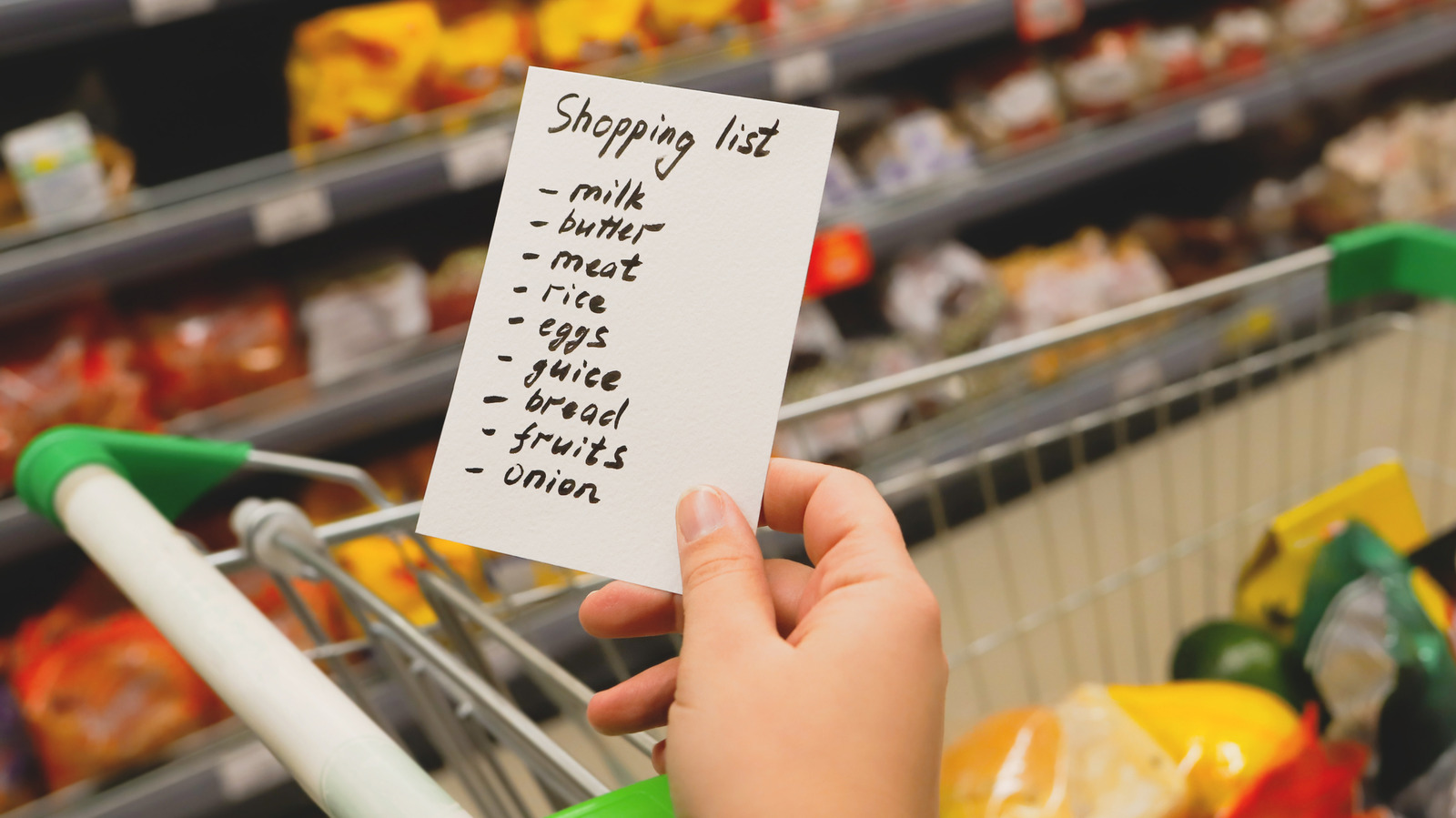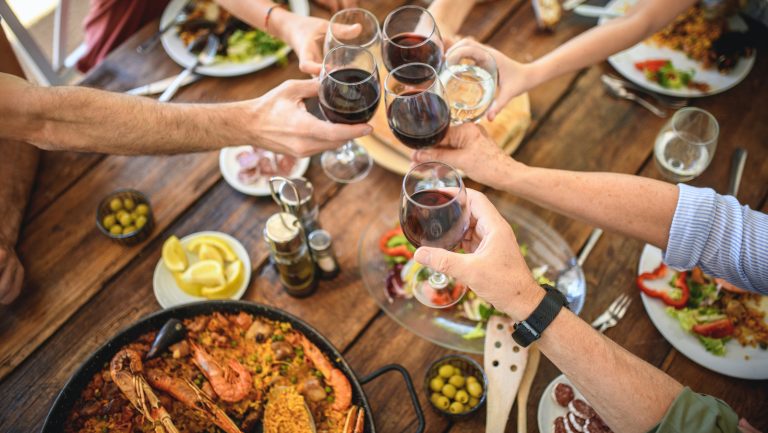Although there may be some outliers who love perusing under fluorescent lights, most folks want to get in and out of the supermarket or grocery store as quickly as possible. Obviously, bringing a list can speed things up a bit — but so can learning the lay of the land, like you’re leading a heist in the next installment of the “Ocean’s” franchise. For maximum efficiency, your grocery list should follow your route through the store, beginning with items closest to the entrance, wending through the aisles, and ending with the registers.
Fortunately for you, supermarkets across the country generally share a similar layout. The freshest items, like produce, dairy, meats, and in-house bakery items, typically line the perimeter of the store (which is why some folks say you should shop the grocery store perimeter first). Meanwhile the center aisles are populated with packaged goods like cereal, spices, frozen foods, and other standard pantry items.
Because the outer edge of the store is so standardized, those aisles are what you should scrutinize the most. By noting not only what lies along each lane, but also the precise locations of your preferred granola, red pepper flakes, tinned fish, and so on, you can plan your path so as to not waste a single step. With the minimized meandering, you’ll be tapping to pay faster than ever.
More grocery shopping plans to master every trip
While most grocery stores follow a somewhat standardized layout, your local shop might have some design quirks — Trader Joe’s, for one, is known to shake up its layouts — but the more consistent you are about where you do your shopping, the better handle you’ll have on the place. The first time you navigate those labyrinthine aisles, you can even snap a quick photo of the items you know you’ll return for again and again, to reference when you’re making the list for your next trip. A reverse shopping list, which you build as you run out of items instead of authoring from scratch, can also save you time before you even step through the automatic doors. And, even if you are writing it the old fashioned way, there are tips for making your grocery list more efficient, like creating product categories.
The aforementioned exception to the grocery map application applies primarily to meat, seafood, and everything in the fowl family. Those items and their ilk all need to stay below 40 degrees Fahrenheit between the market and your refrigerator to avoid the USDA’s food “danger zone.” Any higher and they’re more vulnerable to bacteria. So, even if you have to tack on an extra minute or two, be sure to pick up those steaks, filets, and whole birds last, to keep them cooler longer.






